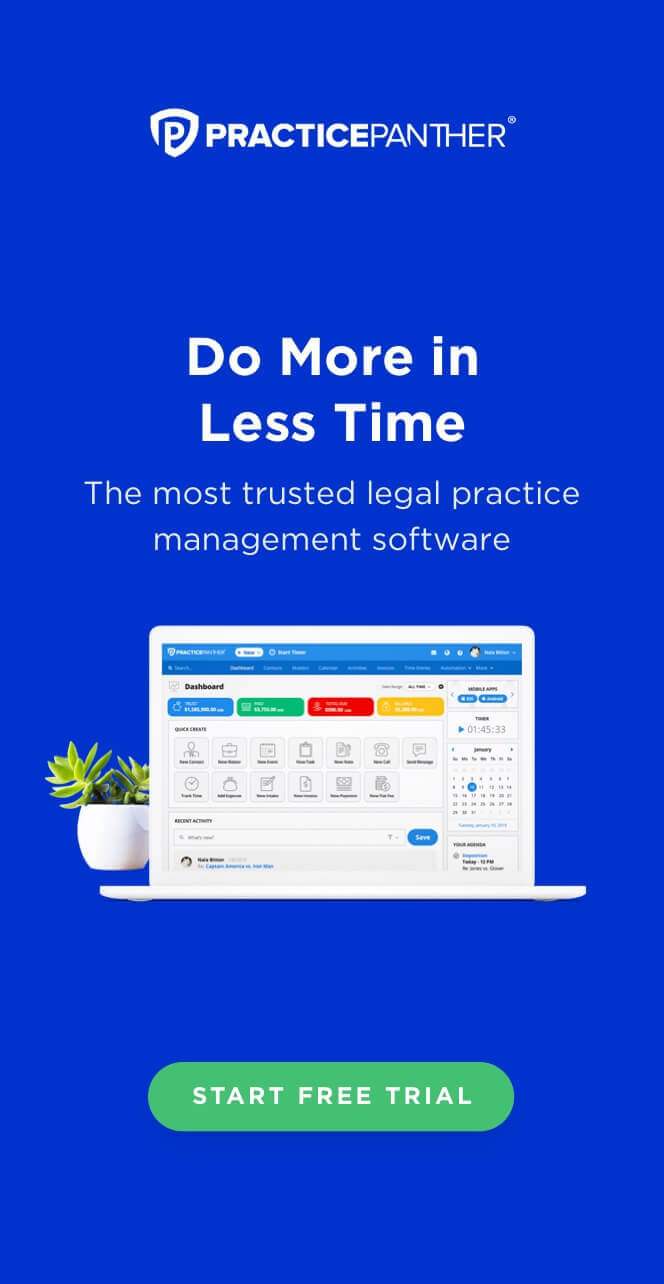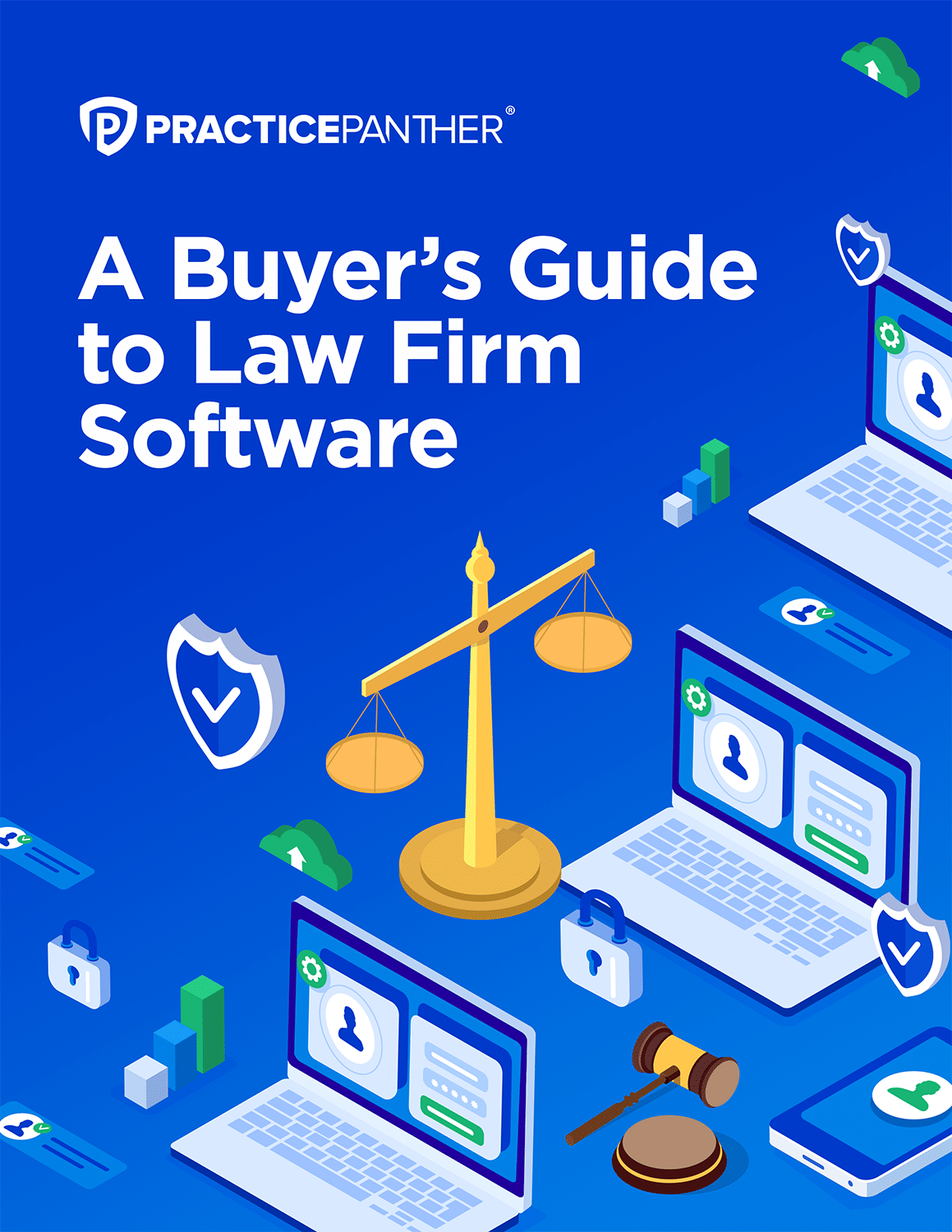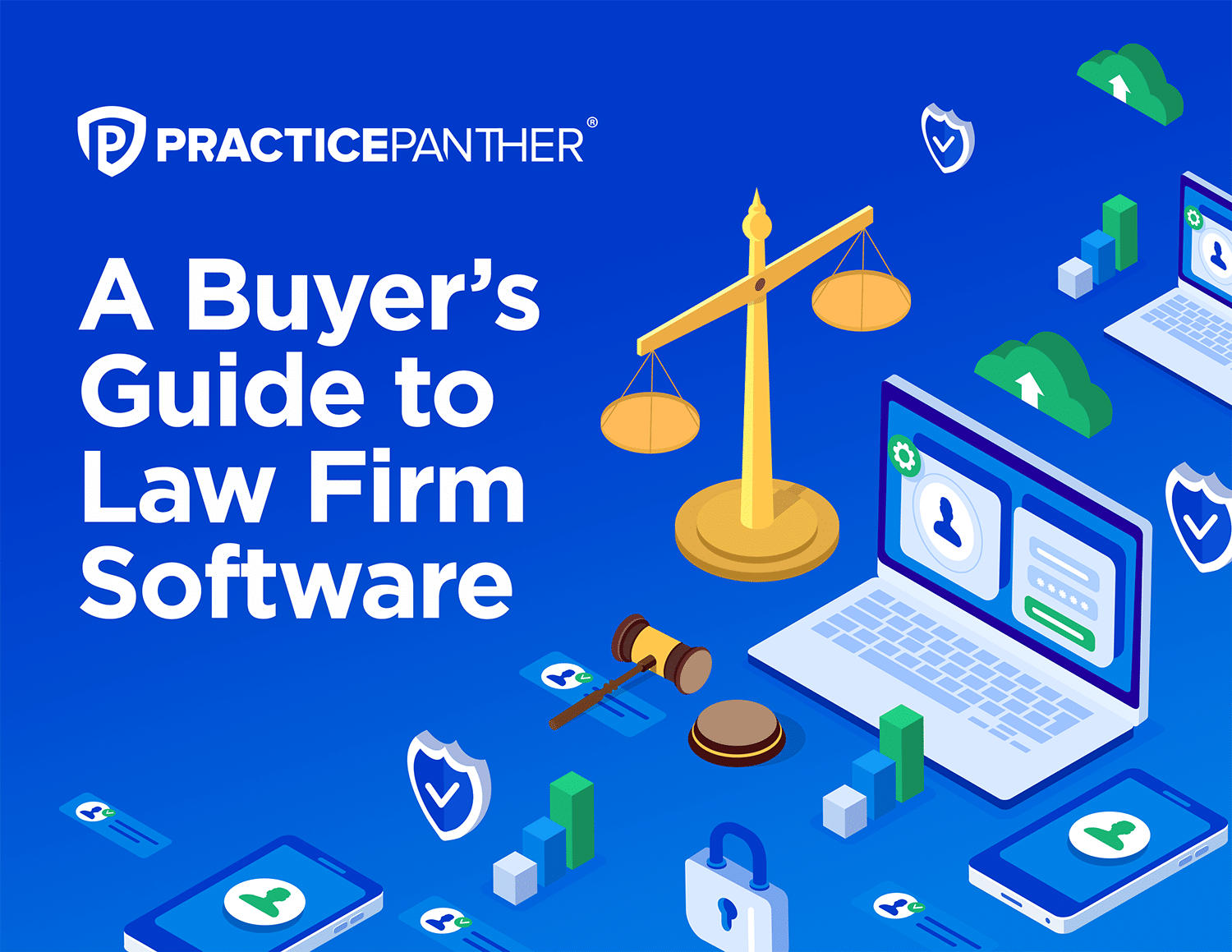Among the top reasons law firms are hesitant to adopt legal technology is the data migration process. Two common concerns that arise for law firms are the potential downtime while transitioning to a new platform, and data loss.
While it is easy to get consumed in the fear of the unknown, delaying the migration to legal technology can hinder a law firm’s growth, security, productivity, and overall profitability.
ABA Formal Opinion 482 states that law firms have a duty to digitize client data, trust account information, and other sensitive information. Law firms solely relying on paper-focused systems or outdated software pose greater ethical threats to their business versus taking the time to migrate data to a modern platform.
In many cases, the data migration process can be hassle-free with a few proactive steps. Continue reading to learn essential resources on how to create a data migration strategy, analyze and organize data, and determine what data is viable to migrate.
What Is Data Migration?
Data migration is the transfer of data from one location, format, or application to another. For law firms, this could mean adopting new legal software or condensing data from legacy systems into a new format or application.
Why Do Law Firms Migrate Data?
There are several reasons law firms need to migrate data to a new application or system, but the underlining cause is to improve their processes. About 71% of law firms responded that they introduced technology to improve overall efficiency, in a recent survey.
Typically, an operational trigger within your law firm’s current business processes forces you to reevaluate the efficiency of your systems. Maybe your firm is experiencing a high volume of misplaced files or accessibility for remote staff has become a challenge. No matter the cause, you’ve identified bottlenecks within your processes that inhibit work progression.

The Importance of a Data Migration Plan for Law Firms
Though the adoption of legal technology has seen an uptick, the push was driven by an immediate need for accessibility and remote work capabilities during the onset of COVID-19. Naturally, this caused some uncertainty among law firms simply because they weren’t well-versed in the migration process or the overall digital landscape.
A data migration plan can greatly mitigate many law firms’ uncertainty or feeling that they don’t have control of their data. It’s important to note that data migration is only as successful as how you plan for it.
The planning process is a great to time get familiar with the new system you’re migrating to. If you’re moving to a new legal practice management software, be sure to get a full understanding of their migration process, security features, and training opportunities. The best legal practice management software vendor should be a partner guiding you through the migration and onboarding process addressing any concerns that arise.
At PracticePanther, we have dedicated onboarding teams, migration specialists, and hands-on training to ensure law firms are supported as they transition to our legal practice management platform. Your firm’s information is always secure with features like our 256-bit military-grade encryption and two-factor authentication.
How to Create a Data Migration Plan
Data migration will look different depending on the format or application you’re migrating to. For legal technology specifically, this is a general action plan law firms can follow:
- Champion a data migration leader: This can be you or anyone in your firm. They will be the point of contact for your entire team when communicating with your law practice management vendor. This person should have the knowledge, skills, and resources to assist with the migration process.
- Identify the data you need to migrate: It may seem like a no-brainer, but it’s essential to have an understanding of your data. The make-up of your data will vary but you should have a general understanding of the format, sensitivity of the data, and where it’s located. By conducting this analysis, you can pinpoint any bottlenecks or risks.
- Choose a go-live date and create a timeline: Your migration completion date should drive your timeline. Depending on the size of your firm, you likely have a sizable amount of data to analyze and migrate. It can be both overwhelming and almost impossible to tackle it all in one sitting. Creating a timeline will help you filter through your data in manageable batches and reduce the risk of any oversight.
- Back up your data: Before a single file leaves your law firm, it’s imperative that you back up your data. This allows you to have access to your data in the event there is an error in the migration process or a file is altered. The safest and most recommended method of backing up your data is in the cloud.
- Execute the plan: Based on your timeline, data analysis, and guidelines from your law practice management vendor, you can begin the migration process. Continued monitoring of your data and progression will help guide this step.
Note: During the planning process, you may determine that your firm doesn’t have the bandwidth or resources to manage the migration process. In this case, you can onboard a consultant or tap into your law practice management provider.

What Data Should My Law Firm Migrate?
In general, your firm should only be migrating active data to a new system. Any other data should be backed up and housed in a server, specifically a cloud-based server.
Types of active data we recommend migrating:
- Contacts and matters
- Current and future events and tasks
- Unbilled time and expenses
- Notes
- Relationships
- Current account receivable and trust balances
Expert Tips from PracticePanther’s Head of Data Migration
We’ve assisted tens of thousands of lawyers transition to our all-in-one law practice management platform. Our expertise allows us to make the data migration process a secure, hassle-free experience for your firm.
Here are a few tips for a successful migration from our Head of Migration:
Use the right format
Data migration isn’t the same for every platform. To make the process seamless, it’s essential to understand which format the new systems you’re migrating to will accept. Examples include Excel files or a sequel database backup.
Take advantage of the transitional period
While your data is migrating to PracticePanther, take the opportunity to schedule training sessions with our onboarding team. You’ll get hands-on experience with the functionality of the platform and key features to manage your business.
Taking the time to proactively train will minimize any learning curves and allow your team to get up and running faster.
Pro Tip: We recommend ongoing training that is available with your designated success manager or our on-demand library.
Conduct a sample data migration
If your firm has a large dataset or a complicated data structure, we recommend allowing time to conduct a sample data migration. A sample data migration is a small subset of the data that will be migrated into your PracticePanther account in order to give you a preview of what the full data migration will look like.
This process allows us to identify any bottlenecks of the migration in order to reach a “perfect sample” which will then be applied to the rest of the dataset.
Utilize a data gap migration
We understand that work doesn’t stop because your law firm is transitioning systems. However, there must be a date when your firm stops putting new data in your old system.
To ensure all of your firm’s data is captured, we use a process called data gap migration. This is where we spilt your data migration imports into two — an initial bulk copy and a smaller batch for any new data accumulated from the old system.
We do this because, you’ll likely still be working within your old system, generating new data until the established blackout date. Your blackout date is when no new information can be entered into your old systems.
Once your blackout date is reached, you’ll do one final small migration to PracticePanther where your first copy will already be housed and ready for use.
Data Migration for Law Firms Made Easy
Law firms may be wary due to the large scope of data migration, however, it’s an essential first step toward adopting new processes that benefit the longevity and success of your firm.
With a defined data migration strategy and the help of our expert tips — your firm can tackle the data migration process with confidence.






